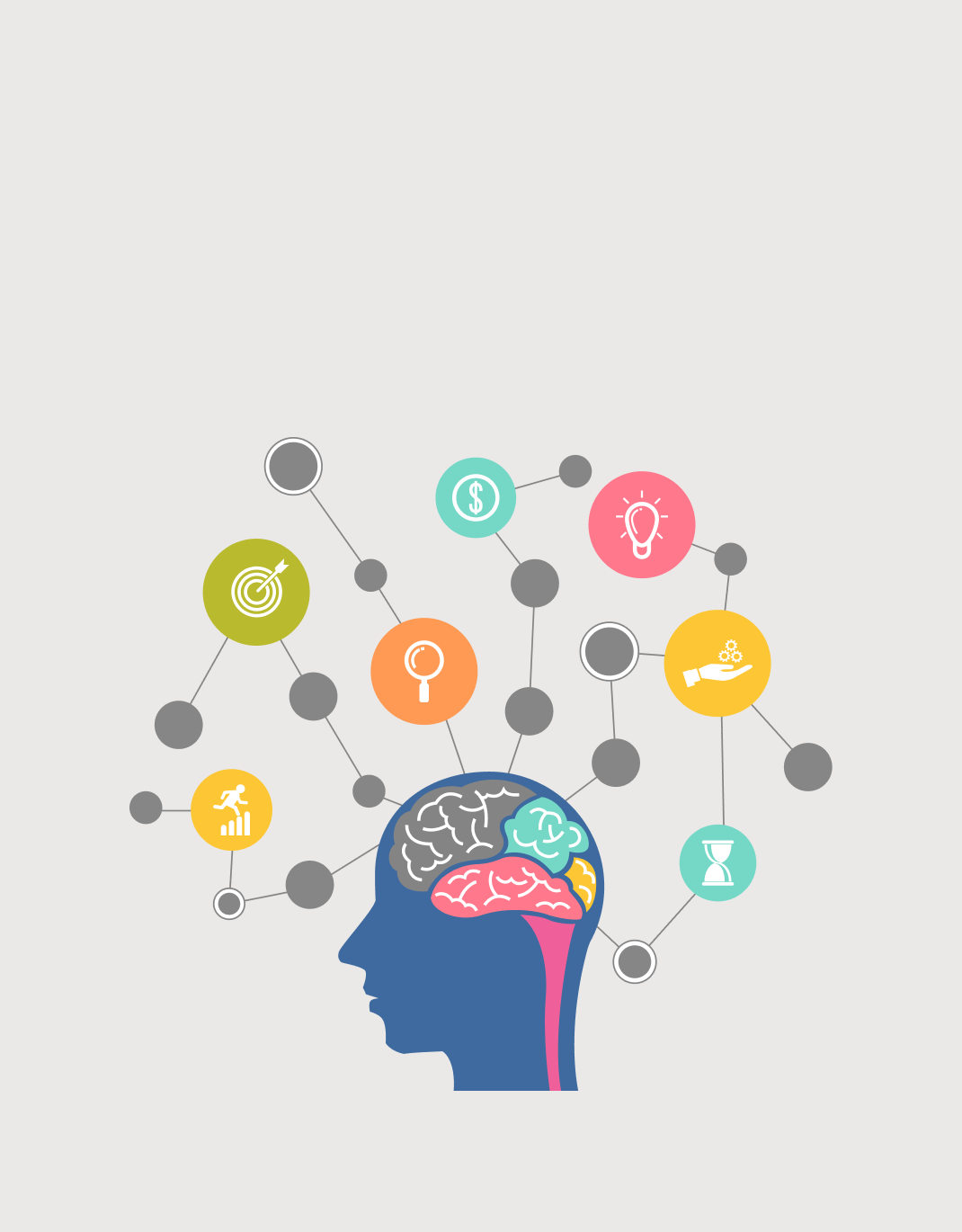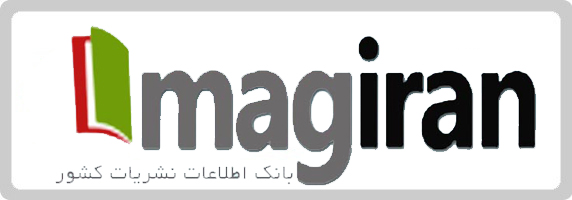نقش خانواده بر شکلگیری بعد عاطفی هویت اجتماعی دانشآموزان از دیدگاه آموزگاران
کلمات کلیدی:
خانواده, هویت, هویت¬اجتماعی, هویت عاطفیچکیده
این پژوهش با هدف بررسی تاثیر خانواده بر شکل¬گیری بعد عاطفی هویت¬اجتماعی دانش¬آموزان از دیدگاه آموزگاران دوره دوم ابتدایی(پایه چهارم، پنجم و ششم) در سال تحصیلی 1402-1401 انجام شد. این تحقیق دارای رویکرد کیفی، هدف کاربردی و ماهیت توصیفی است. نمونه¬گیری هدفمند و مطابق با قاعده اشباع نظری انجام شد و ۳۰ نفر از آموزگاران دوره دوم شهر ساوه به عنوان آزمودنی انتخاب شدند. داده¬ها با استفاده از پرسش¬نامه محقق ساخته بازپاسخ جمع¬آوری گردید و به¬صورت دستی و توسط نرم¬افزار مکث کیودا۱۰ بررسی و کدگذاری شد. در بررسی داده¬ها دو مفهوم کلی، 13 مقوله و 27 زیر مقوله احصاء گردید. بررسی داده¬ها و نظرات آزمودنی¬ها نشان داد که آموزگاران معتقدند خانواده به دو روش آگاهانه (تامین عاطفی فرزندان،آماده-سازی برای حضور در اجتماع، دخیل کردن فرزندان در تصمیم سازی، توصیه به الگو قراردادن اهل بیت در زندگی،بازی¬وار¬سازی رعایت آداب و اخلاق، تشویق به تفکر در مسائل اخلاقی و اجتماعی، توجه به نیاز¬های فیزیولوژیک) و ناخودآگاه(روابط¬اعضای خانواده با یکدیگر، نقش الگویی خانواده، محیط زندگی، مدیریت اقتصادی، گروه همسالان، رسانه) بر شکل¬گیری بعد عاطفی هویت اجتماعی تاثیر می¬گذارد. مطابق نظر آموزگاران دوره دوم ابتدایی سهم اثر ناخوداگاه خانواده بر شکل¬گیری بعد عاطفی هویت¬اجتماعی نوجوانان چشمگیرتر است. نتایج این تحقیق مورد استفاده اساتید، دانشجویان و دغدغه¬مندان حوزه خانواده، تربیت و آموزش¬وپرورش قرار می¬گیرد.
دانلودها
مراجع
Ansari, F. (2023). Investigating the factors influencing the formation of social identity among high school students. 10th National Conference on Advances in Positive Psychology, Bandar Abbas. https://en.civilica.com/doc/2012558/
Carr, A. (2012). Family therapy: Concepts, process, and practice. Malden: John Wiley & Sons. https://doi.org/10.1111/j.1467-6427.2012.00590.x
Farsi, M. (2024). Investigating challenges affecting identity formation in children. First International Conference on the Islamic Human Sciences Revolution, Sari. https://en.civilica.com/doc/2087197/
Fedorenko, S., Voronina, H., & Zhurba, K. (2020). School-family Interaction in Forming Adolescents' National Identity: the Ukrainian Pedagogical Experience. Revista Romaneasca pentru Educatie Multidimensionala, 12(4), 189-204. https://doi.org/10.18662/rrem/12.4/341
Goldenberg, H., & Goldenberg, I. (2016). Family therapy: An overview. Thomson Brooks/Cole. https://books.google.com/books/about/Family_Therapy_An_Overview.html?id=6ccJAAAAQBAJ
Hamedinasab, S., Gholami, V., & Azizi, M. (2020). The role of virtual social networks in social identity and teacher-student relationships. Scientific Journal of Applied Educational Leadership, 1(3), 77-90. https://ael.uma.ac.ir/article_1113.html
Hoseini Mehrabadi, H., & Asghari, M. (2021). Investigating the relationship between family functioning and socialization of female students at Qom University. Biannual Journal of Advances in Educational Sciences and Counseling, 7(15), 168-186. https://educationscience.cfu.ac.ir/article_2154.html?lang=en
Khodadadi, D. (2013). The relationship between family functioning, sensation seeking, and video game addiction Master's thesis, Kharazmi University].
Khouy Nejad, G., Rajaee, A., & Shirazi, M. (2012). Investigating the relationship between family functioning and adolescent identity. Journal of Educational Management Innovations, 8(1), 49-60. https://www.sid.ir/paper/154094/en
Mirhashemi, M., & Heydarpour, L. (2011). The relationship between social factors and social identity among students. Quarterly Journal of Social Research, 4(12), 167-185. https://www.sid.ir/paper/164900/en
Navabinejad, S., Rostami, M., & Parsakia, K. (2024). Influences of Family Structure and Intimacy on Emotional Divorce: A Cross-Sectional Analysis. Journal of Psychosociological Research in Family and Culture, 2(1), 23-30. https://doi.org/10.61838/kman.jprfc.2.1.5
Olivetti, C., Patacchini, E., & Zenou, Y. (2020). Mothers, Peers and Gender-role Identity. Journal of the European Economic Association, 18(1), 266-301. https://doi.org/10.1093/jeea/jvy050
Onder, A., & Gulay, H. (2009). Reliability and validity of parenting styles & dimensions questionnaire. Procedia Social and Behavioral Sciences, 1, 508-514. https://doi.org/10.1016/j.sbspro.2009.01.092
Pirzadeh, S., & Parsakia, K. (2023). A Comparative Study of Family Structure (Cohesion and Flexibility) and Functioning in People with and without Drug Abuse. International Journal of Body, Mind & Culture, 10(1), 82-89. https://doi.org/10.22122/ijbmc.v10i1.278
Rashedi, M., Mousazadeh, Z., Abolmaali Hosseini, K., & Bagheri, F. (2020). Phenomenological study of factors influencing the formation of Iranian-Islamic identity among youth from experts' perspectives. Biannual Journal of Islamic Educational Sciences, 8(15), 53-76. https://journals.isu.ac.ir/article_75612.html
Sa'adat Dorabi, F., & Ahmadzadeh Mymand, P. (2023). Examining the impact of family position on the academic performance improvement of students in schools. International Conference on Management, Education, and Educational Research, https://en.civilica.com/doc/1999294/
Salehzadeh, M., Fallahi, M., & Rahimi, M. (2016). The role of family functioning, peer attachment, and academic performance in predicting the happiness of adolescent girls. Positive Psychology Research Journal, 2(4), 65-78. https://ppls.ui.ac.ir/article_21732.html?lang=en
Satir, V. (2019). Peoplemaking in Family Therapy Transl. B. Birashk. Tehran: Roshd Publications.
Scott, J. R. (2013). Living with the "Truths" of DES Cyborg Babies: From Techno-Sex to Techno-Tots. https://books.google.com.sv/books?id=7GNFSgwG1KgC&source=gbs_navlinks_s
Segrin, C., & Flora, J. (2011). Family Communication, 2nd edition. New York: Routledge. https://doi.org/10.4324/9780203857830
Shabani, J., Fani, R., & Badleh Shamushki, M. T. (2024). The effectiveness of group-based mindfulness training on resilience and high-risk behaviors among students with a history of self-harm in Raz and Jargalan County. Journal of Social Welfare, 24(93), 339-366. https://doi.org/10.32598/refahj.24.93.4135.1
Sharbatian, M. H., Jahanshiri, J., & Ghasemi, M. (2021). The role of social identity dimensions in the sense of security among high school teachers in Mashhad. Khorasan Journal of Cultural-Social Studies, 16(3), 93-128. https://www.farhangekhorasan.ir/article_143511_en.html
Sharifi, F., Amiri, S., & Ghasemi, V. (2018). Predicting adolescents' moral identity based on family functioning. Psychological Achievements, 25(1), 45-58. https://psychac.scu.ac.ir/article_13785.html?lang=en
Szapocznik, J., Hervis, O., & Schwartz, S. J. (2013). Brief strategic family therapy for adolescent drug abuse. Bethesda, MD: National Institute on Drug Abuse. https://doi.org/10.1016/B978-0-12-398338-1.00011-7






